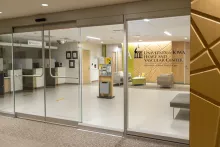Bronchoscopy
- For all other requests:
- 1-800-777-8442
If you’re experiencing a persistent cough, lung infection, or other lung issues, a bronchoscopy can help provide some answers.
This minimally invasive procedure allows doctors to look inside your lungs and airways. This inside view helps our team assess many different lung conditions, including infections, foreign bodies and blockages, lung inflammation, and lung nodules.
During this procedure, your doctor can take samples and biopsies for further testing.
If your doctor needs to get deeper in your airways or lungs, we specialize in robotic bronchoscopy. This technology allows us to get the best results at the lowest risk, even for patients with complex needs.
Our pulmonologists work with experts in thoracic surgery, pathology, and other specialties to review your results and create a comprehensive care plan as quickly as possible.
Our approach to bronchoscopy
A bronchoscopy uses a flexible tube fitted with a camera (bronchoscope) to see inside your respiratory system.
Comprehensive evaluation
If you have abnormal tissue or a nodule in your lung, a bronchoscopy lets us evaluate, sample, and biopsy it.
If the sample tissue or nodule is centrally located (not deep in the lungs), your doctor may recommend a bronchoscopy. If the sample tissue or nodule is further into the lungs and hard to reach, or you have certain risk factors, your care team may recommend a robotic bronchoscopy.
The information gathered in the bronchoscopy helps our specialists diagnose and treat many conditions.
Improving lives through robotic bronchoscopy
Before the introduction of robotic bronchoscopy, some parts of the lung were inaccessible. If you had nodules in these locations, you may have had your nodules only watched and monitored with frequent scans. This often meant you received care too late.
In robotic bronchoscopy, your doctor will operate a robotic arm with a controller that guides a catheter. This flexible and thin maneuverable tube has a camera, light, and shape-sensing technology as it moves through your airways.
With its innovative technology, robotic bronchoscopy can:
-
Reach all areas of the lung, even areas that were previously unreachable
-
Plan routes to nodules/areas inside the lungs with more precision and enhanced accuracy
-
Let us attempt biopsies of nodules that were once deemed too small or difficult to reach
What to expect when you have a bronchoscopy
Your care team will discuss if a bronchoscopy or robotic bronchoscopy is right for you.
Both procedures are similar but use different instruments and sedation.
Your care team will thoroughly discuss your bronchoscopy procedure with you, go over all pre- and post-op instructions, and answer any questions.
Before your bronchoscopy, you will have a set of CT or MRI scans taken so your doctors can see inside your lungs and airways.
If your nodule is in a difficult-to-reach area of the lung, your doctor may recommend a robotic bronchoscopy.
These images give us a detailed virtual roadmap to travel through your airways and lungs to reach your nodules
You’ll be placed under sedation for a bronchoscopy or anesthesia for a robotic bronchoscopy.
An intravenous (IV) line will deliver any medicine during the procedure. Monitors will check your vitals, and you’ll get additional oxygen (with a mask or nasal tubing) during the procedure.
Your doctor will review the data and images to guide the bronchoscopy.
After the procedure, your doctor will discuss the findings and any future treatment plans that may be needed. You’ll wake up and go home that same day. You shouldn’t experience any pain at all.
If a biopsy was taken, it may take a few days to get the results.
If surgery is needed as part of your treatment, we may use robotic bronchoscopy again. Using this technology, we can place tiny markers at the site to help guide the surgeons or other therapies.
Who can benefit from bronchoscopy?
There may be many reasons why your provider might recommend a bronchoscopy for you.
These may include:
-
If you’re coughing up blood or have a cough that won’t go away
-
If you have a possible foreign object/blockage in your airway
-
If your doctor needs to look at your lungs, airways, or lymph nodes
-
If your doctor needs to test for an infection in your lungs and major airways that can’t be diagnosed another way
With this procedure, our specialists can:
-
Evaluate and biopsy suspicious lung tissue or nodules
-
Identify lung inflammation from allergic reactions
-
Remove mucus, foreign bodies, or other obstructions in the airways or lungs
-
Place a stent to open airways
Advanced treatment options for patients with COPD/emphysema
If you have chronic obstructive pulmonary disease (COPD) caused by severe emphysema, Zephyr valves may be able to help.
During a bronchoscopy, Zephyr valves are placed in your damaged lung. They let trapped air out of the most diseased part of the lungs, allowing the healthier part of your lungs to function better.
With improved function, patients breathe easier, have better exercise tolerance, and gain an improved quality of life.
We give patients definitive answers and timely care
Experiencing lung problems or discovering abnormalities can be scary. But often it is the delayed answers that can feel the most unsettling.
Using bronchoscopy as a critical tool for information, our expert team is dedicated to delivering the best possible care for what comes next.
Our Care Team
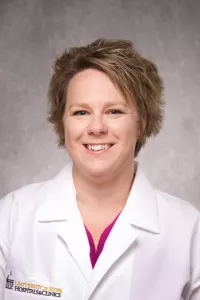

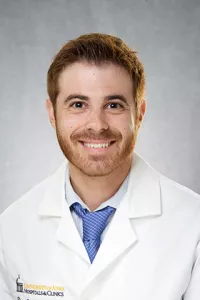
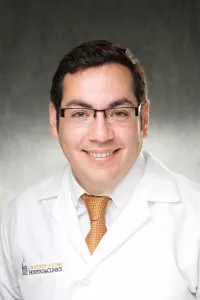
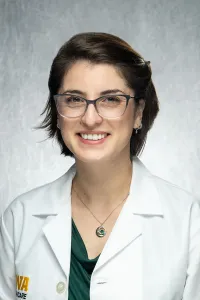

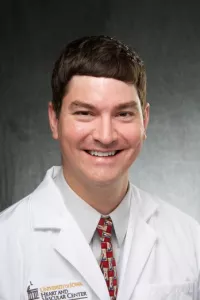
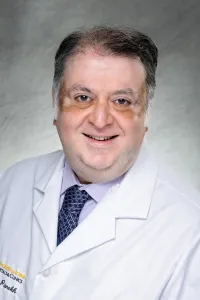
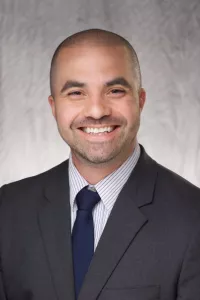
Get the answers you need today.
Locations and Offices
